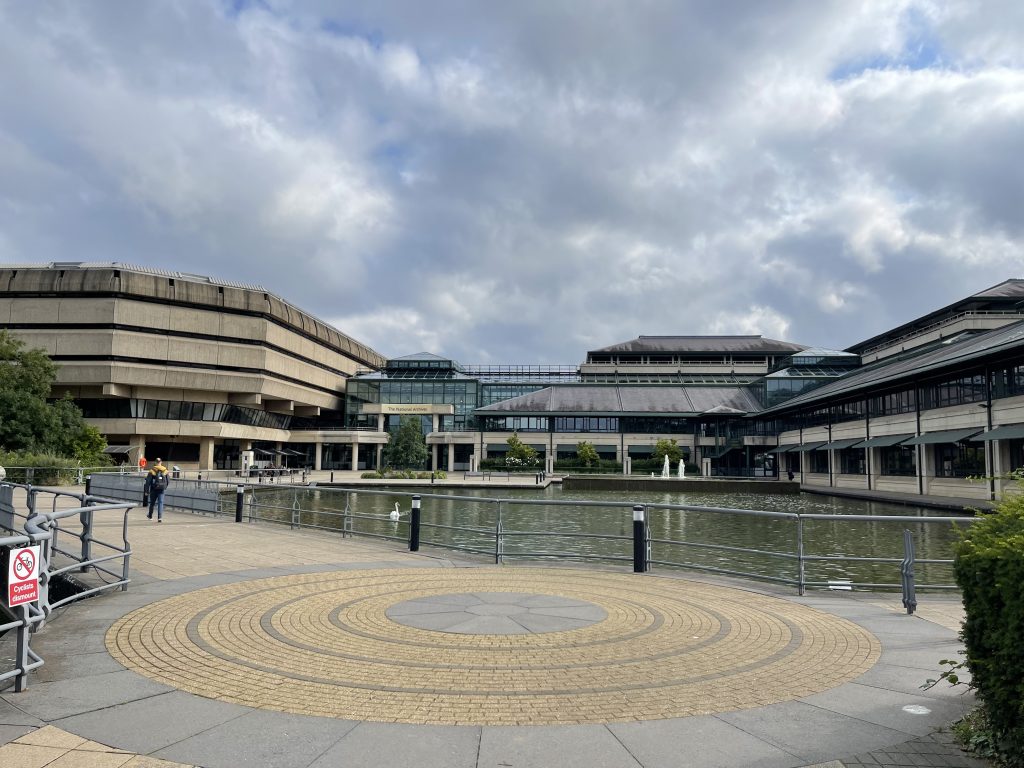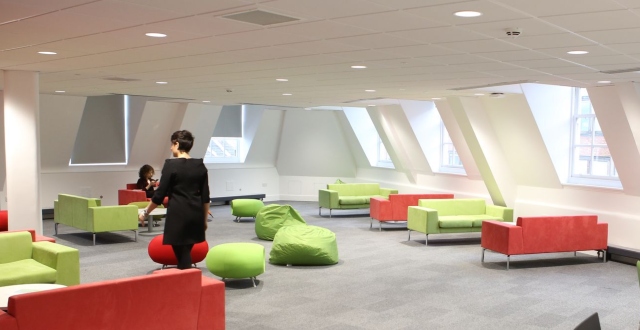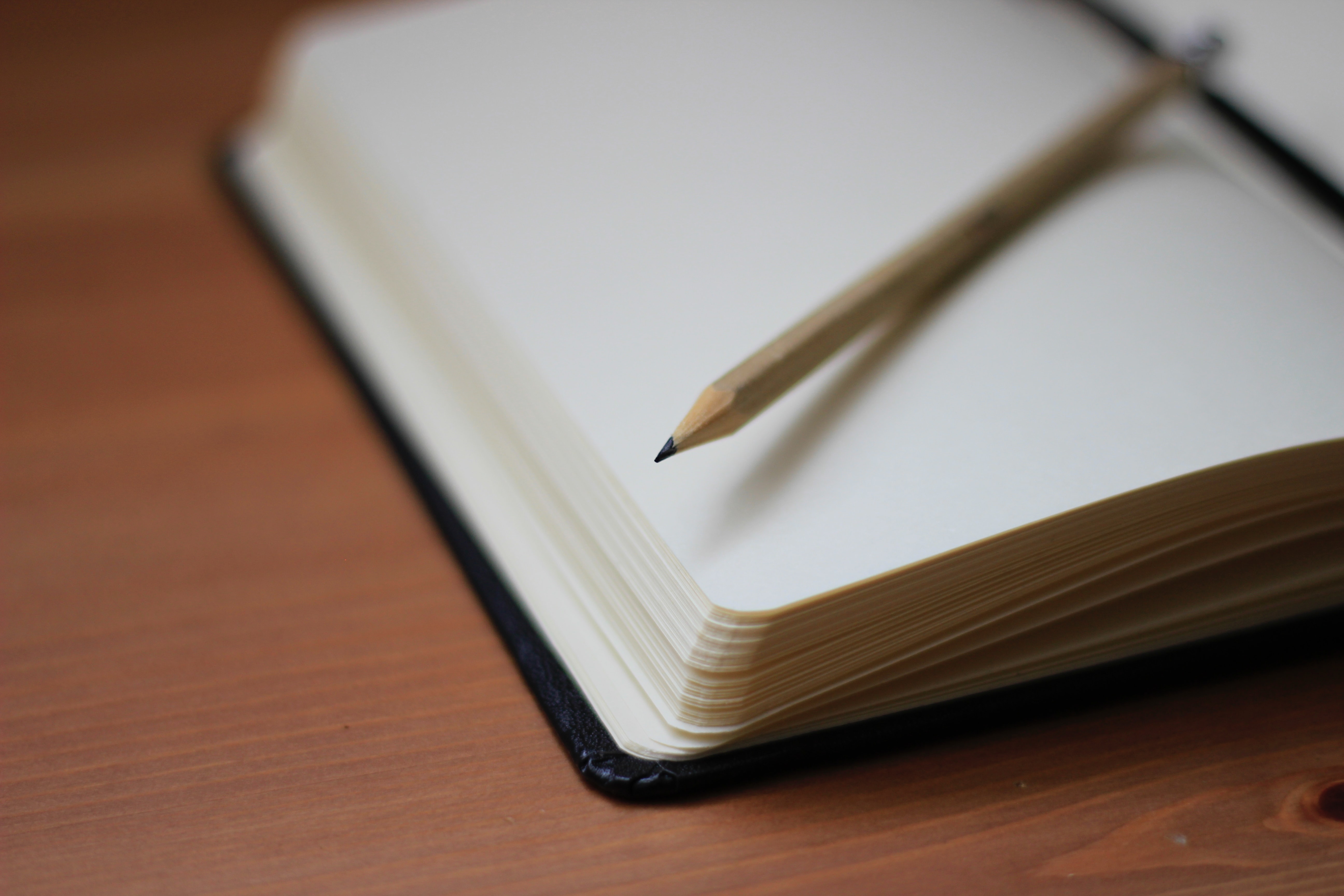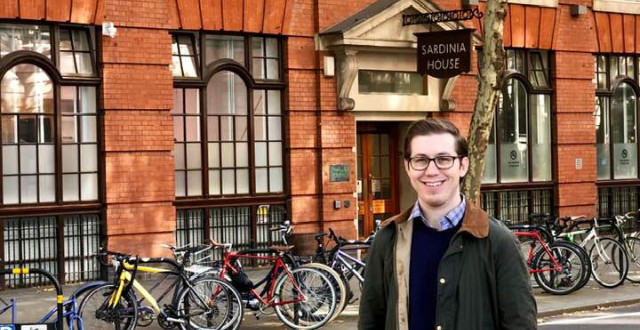During the last roughly 18 months of the ongoing COVID-19 pandemic, it has been difficult to conduct in-person archival research for my dissertation. I’ve spoken about this in previous posts and the resulting need to get creative with how to obtain documents and materials. In fact, calling it difficult is an understatement. It has been nearly impossible to do the in-person research necessary for writing a history dissertation because archives across the world have largely been closed for a vast majority of the pandemic.
However, the UK National Archives opened up earlier than most back in the spring when England started slowly lifting COVID-19 restrictions. Due to time constraints, I was unable to go at the time. Nevertheless, I finally was able to make my first trip there in August; it was such a great experience.

For those unfamiliar with the National Archives, they’re located in the wonderful Kew area of London. You can take the District line there on the Richmond branch and be there relatively quickly from central London. From my flat, the whole trip takes less than 30 minutes door to door. Before my archives visit, I had never actually been to Kew or Kew Gardens. It’s an area of London I had been meaning to get to, but just never found the time. It’s a lovely and quiet part of London and the Royal Botanic Gardens are amazing. I highly recommend you check those out sometime, especially if you’re looking for something to do!

It’s about a 10-minute walk from the Kew Gardens tube station to the National Archives, where you walk along leafy streets to get there. Once I arrived, the staff there were immensely helpful in getting me checked in, helping me obtain my reader’s card, and directing me around the facility. I was incredibly impressed with how orderly and efficient everything was there.
When I got up to the Reader’s Room where you do your research, I was pleasantly surprised at how sensible the system was for ordering and receiving your documents. Actually, you order the documents beforehand so they’re all ready for you when you arrive. And throughout the day, you can order additional documents if you get through the ones you previously ordered. Additionally, each researcher has a cubby where your documents are kept for you while you work through them. Perhaps other archives have a similar system, but I have not experienced that before. It makes so much sense.
The National Archives has also managed to craft a COVID-friendly system that allows researchers like me to do the vital work they must while keeping safe and healthy during these ongoing troubling times. I highly commend the National Archives for doing this, and I hope other archives in countries with similar COVID situations can learn from the National Archives as they plot their re-openings and help researchers carry on with their work.






Amazing blog, really impressed with it and I loved reading it, please keep on writing blogs like this.